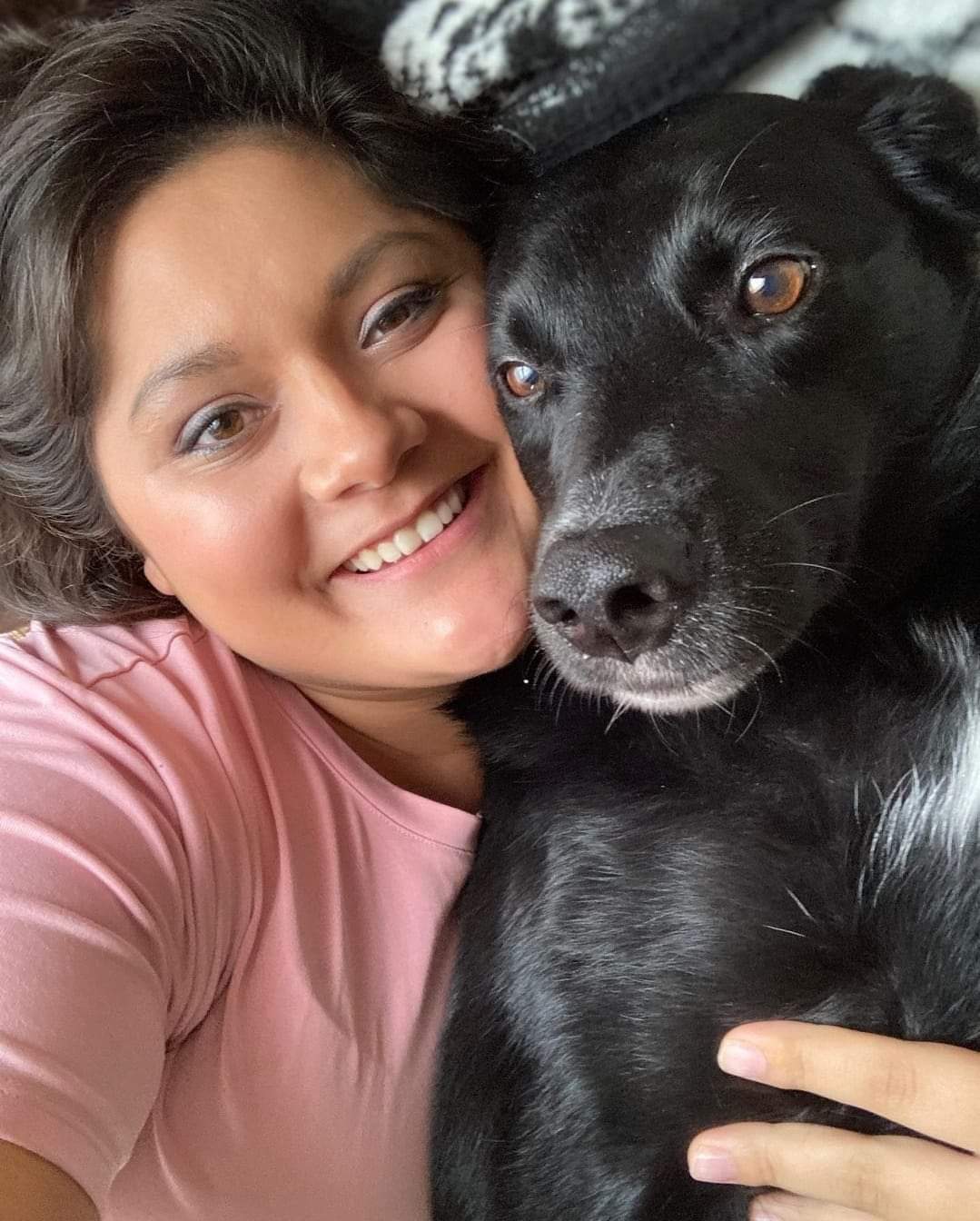The Art of Quiet Wars and Gentle Victories
- Aubrey Earle
- Mar 26
- 4 min read
The house was a war zone and although no battles were declared outright. The air carried the thick tension of impending conflict… words turned to knives, silence to barbed wire. The world inside those walls was one of survival, where mine and my siblings ability to anticipate, analyze, and adapt meant the difference between suffering and mere momentary reprieve. Some children learn to swim in their wealthy aunt and uncles pools, to ride bicycles down sun-drenched happy and safe neighborhood streets, some children are given oppurtunities to expand on their talents of singing, dancing, and writing… others, like me, learn to read the currents of human nature within a heavily suffocating life… to balance on the narrow ledge between chaos and calm.
Violence in our home did not ALWAYS strike with fists or leave marks that could be traced by sympathetic hands but never were. Sometimes, it was the sharpness of an insult, the withdrawal of warmth, the unpredictable rages that stormed through the house. But there was something else, something more insidious… a cycle. A hunger that was never satisfied, a need to project pain outward. And my siblings and I, the unwilling observers, watched as the cycle turned, as it threatened to consume us, too.
Yet we resisted… not with rebellion, not with retaliation, but with something that would take me years to name. A kind of diplomacy. An unspoken understanding that if we were to survive, we had to become the keepers of peace. Even if it did mean isolating to certain degrees and making mistakes along the way. But we listened. We studied. We learned the intricacies of human volatility within our home… the triggers and patterns, the underlying fears wrapped in anger.
There were moments as we got older, when it could have escalated… when raised voices could have turned into something irreversible as it usually did in our childhood… when the sheer weight of generational trauma could have solidified into yet another repetition of the past. But we found ways to defuse it, not by force, but by personal insight. Again, despite many failures, we put in our effort… By preempting tension before it became destruction. By speaking in ways that soothed, by recognizing pain disguised as rage and addressing it not as an adversary, but as a wounded thing needing acknowledgment.
In the broader world, there are parallels. The history of human conflict is written in blood, in borders drawn and redrawn, in oppressions justified and revolutions sparked. But in the spaces between wars, there have always been peace actors… individuals, communities, entire movements that recognized the power of listening, of seeing the human behind the enemy, of defusing tension before it turned to fire.
One such moment stands out in the pages of history: the nonviolent resistance led by Mahatma Gandhi during India’s struggle for independence. Despite my complex feelings about this man, he had wholesome points… In a world where colonial rule had been challenged through bloodshed time and again, Gandhi’s approach was different. He saw violence not as the inevitable price of change, but as an accelerant to cycles of oppression. Instead he wielded patience, resilience, and a deep understanding of the psychology of both the oppressed and the oppressor. He knew that anger untempered would only justify further control. He recognized that in the art of resistance, sometimes the quietest actions spoke the loudest.
How then do we bring the lessons of those past peacemakers into our present?
Look to our fractured world… political divisions deep as canyons, environmental catastrophes met with corporate apathy, economic disparity fueling resentment and rage. The instinct is often to fight fire with fire… to meet hostility with equal force, to demand justice through confrontation. And while there is power in defiance, history has proven that sustainable peace is crafted not through the mere destruction of the old, but through the deliberate construction of the new.
Just as I once studied the paradigm of my childhood, so too must we study the conflicts of today with the same attentiveness. What are the unspoken fears behind hostility? What past wounds shape the present divides? How do we create space for understanding without excusing harm? It is not about submission or passivity but about strategy… its about using empathy as both shield and weapon.
So, Imagine a world where peace is not a fragile and temporary reprieve but a sustained reality. A world where empathy is taught as a skill, where conflict resolution is as valued as financial and political power. Imagine if we built societies not on vindictive justice but on restorative healing… if we cultivated leaders not through their ability to dominate but through their capacity to understand.
And on a personal scale… imagine if we could look at those who have hurt us and see not only the cruelty they inflicted, but the pain that made them that way. If we could break the cycles not by surrendering to them but by standing just outside their reach and refusing to turn into the thing we once feared.
The war zone of my childhood could have shaped me into another bearer of violence, another link in the chain of inherited wounds. But instead, I chose to strive for something else. A bridge, a translator of human pain, a kind of alchemist… turning generational suffering into understanding.
That too, is a kind of revolution.







Comments